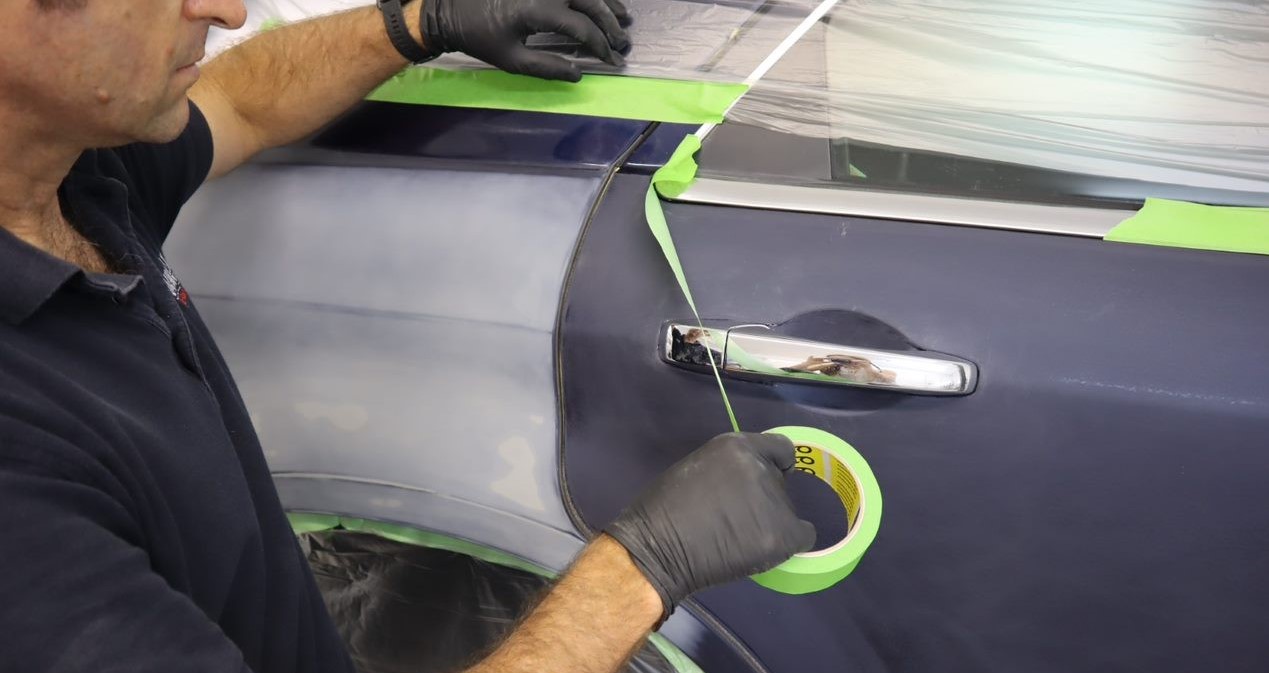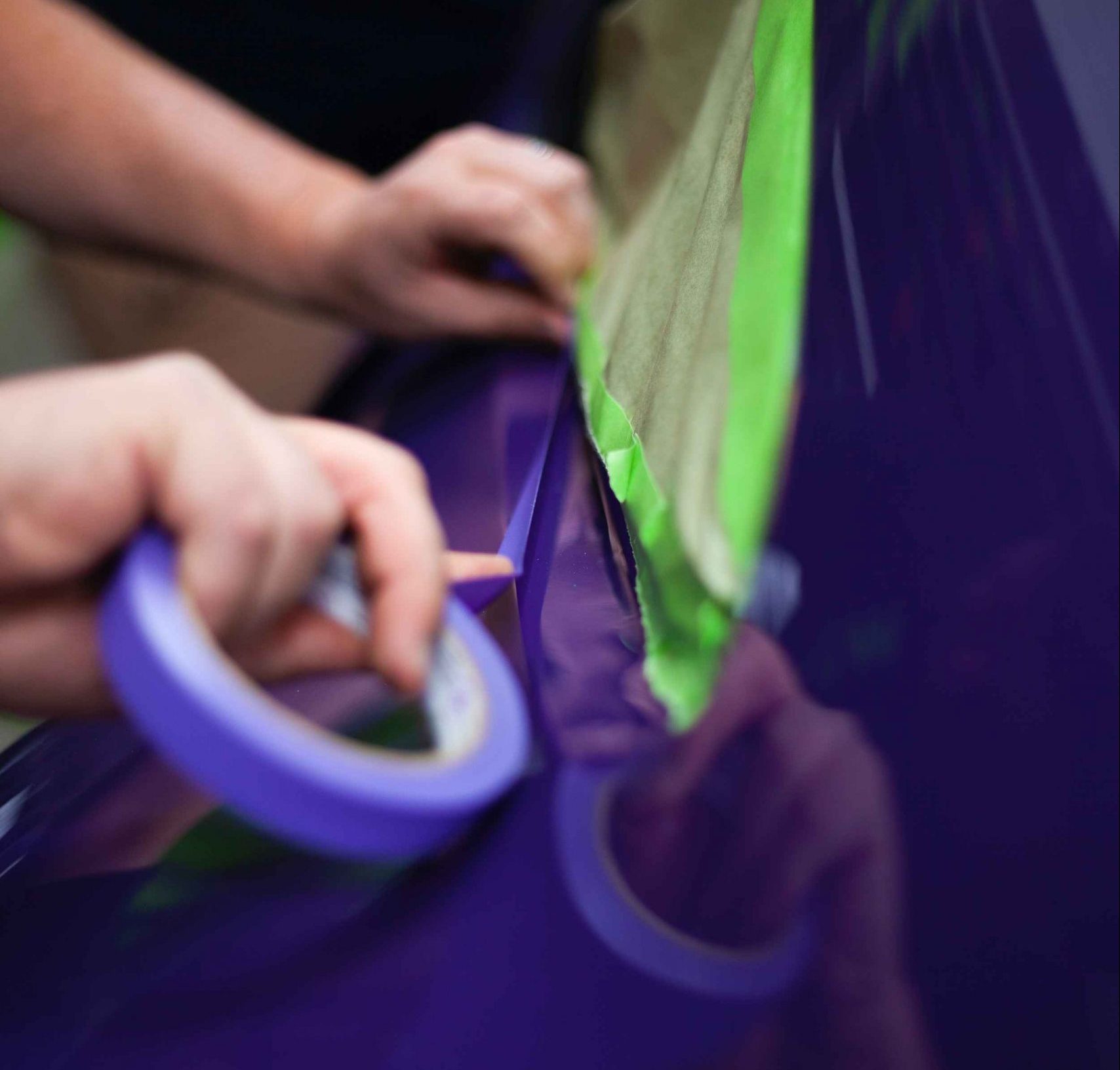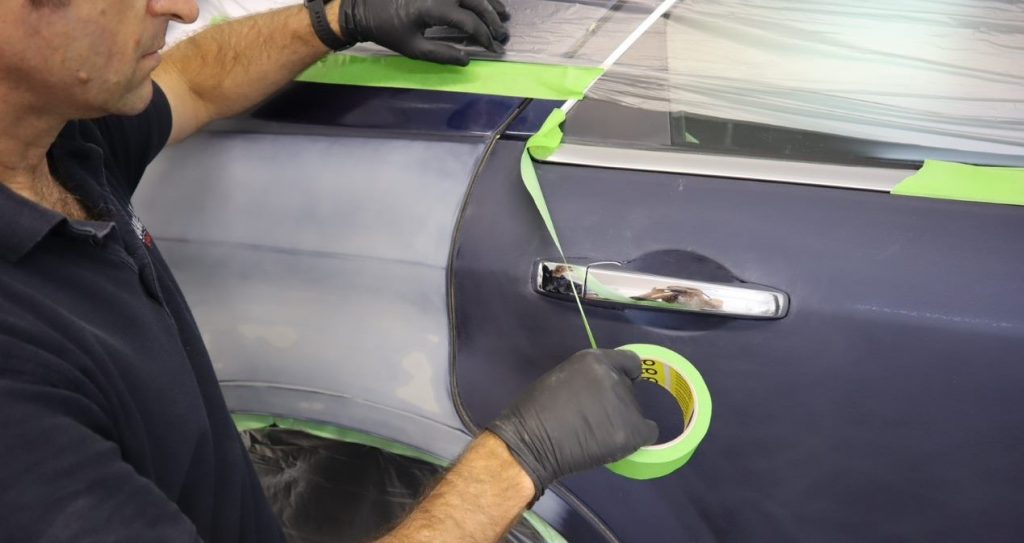There’s a good probability that at some point in your life, you’ve had issues with a sticker, duct tape, or other similar materials that you used on your wall or another surface. These substances tend to degrade the surface’s attractiveness and leave a thick residue.
It has to be removed. However, some people find it difficult to remove 3M adhesive. Rather than removing it, they worsen the problem. That’s why we’ll discuss how to remove 3M adhesive in this article.

What Is the Use of 3M Adhesive?
You can maintain uniformity from sketch to construction using 3M Tapes by removing distracting, visible fasteners such as screws and bolts. These double-sided acrylic foam tapes with high strength allow you to swiftly and easily form a long-lasting adhesive that strengthens with time.
They give robust bonding solutions in just about anything you can think of, with the ability to link various materials such as aluminum, steel, glass, plastics, and painted and powder-coated surfaces.
Different Ways To Remove 3M Adhesive:
Scrape off the adhesive
When the duct tape residue is minor and not too resistant, a simple scraping session with a putty knife (or a butter knife) can remove the gunk.
Begin at one end of the damaged area and work your way to the other with little, repetitive scrapes, keeping the blade close to the surface to avoid scorching. When dealing with wood and vinyl, which are readily damaged, be extremely patient and cautious.
Remove the stuck-on tape with a hairdryer
Plug your hairdryer and set it to medium or high heat. Put the hairdryer just a few inches away from the tape and blow hot air over it, paying special attention to the edges and corners. The adhesive will soften as a result of this.
Set the hairdryer aside after a few minutes and use your fingernail to pick at one of the tape’s corners. The tape should come off most of the way, but you may need to use the hairdryer again.
Plastic scraper
While metal blades may scratch the surface you’re attempting to save, a plastic scraper (such as the side of an old gift card) or the tip of a plastic knife can securely scrape the adhesive from a variety of surfaces without scratching.
Other choices include scraping the trash away with a rubber eraser or cleaning the spot with the scratchy side of a sponge. This method works well for removing sticker residue from plastic, but it can scratch a glass surface if you’re not careful.
Chemical approach
Another option is to use a solvent to dissolve the adhesive characteristics, allowing you to wipe away the residue. Consider the surface material and penetration depth necessary when choosing the best solvent to dissolve the glue.
One simple option is to use standard cooking oil or oil-based items. Peanut butter, mayonnaise, and vegetable or canola oil, for example, can work wonders. Apply it to the residue, wait an hour for it to absorb, and then wipe it away.
Try scrubbing alcohol or vodka for a harsher clean. Allow it to fully penetrate the undesired residue before wiping it away with a cloth. Many commercial adhesive residue removal products are also available. However, not all treatments are meant for all materials, so check the manufacturer’s directions and test items on a small area before using them.
Distilled white vinegar
You may save money by learning how to remove sticker residue using common household materials. Apply a rag or paper towel soaked in vinegar to the sticky area. Allow it to soak for a few minutes to dissolve the residue before wiping or scraping it away. In addition, vinegar can be used to clean the house.
Use a magic eraser
Wet the magic eraser and wipe the afflicted area until all residues have disappeared. Magic erasers are moderately abrasive, so they’re not recommended for glass or highly polished surfaces, but they’re fine for walls and doors; mild fading may occur. You can find magic erasers in the detergent department of any supermarket or hardware shop.

How to Remove 3M Adhesive: Step-by-Step
Step 1
Warm the taped-together surfaces with a heat gun or a blow dryer. This will loosen the tape’s adhesive bond. Heat until the surface feels warm to the touch.
Step 2
Carefully separate the taped surfaces. Grasp the tape’s edge with your fingertips and pull away from the surface to try to remove it. Using this procedure, remove as much tape as feasible.
Step 3
Using a razor blade, gently scrape off any remaining tape and residue. Avoid scratching painted surfaces since this could result in permanent damage.
Step 4
If any adhesive residue remains, follow the manufacturer’s directions for using a solvent adhesive remover.
How Can 3M Adhesive Be Removed From a Wall Without Damaging the Paint:
Dip a rag in an alcohol-based eyeglass cleaner. To release the glue, rub the alcohol into it, but don’t spread it too much because it could damage the paint. Rub until all of the adhesive has been removed.
How can you get the mounting tape off a wall without damaging it?
Apply heat to the area. Heat can assist in melting tenacious adhesives without hurting your floor or wall surface, similar to how warm water softens tape. It only takes a minute with a hair dryer, heat gun, or even a blowtorch to get the job done. Scrape away the adhesive with a scraper while applying heat to the surface of your floor or wall.
Is 3M Adhesive Remover a Safe Product to Use on Painted Surfaces?
The majority of 3M adhesive removers contain a mixture of petroleum solvents that assist in removing stickers and wax without the use of abrasives, scrapers, or other equipment. This wipe-on, wipe-off product doesn’t need to be mixed and may be used on most finished vehicle paints.
Do 3M stickers leave marks?
Removing 3M adhesive tape may be as simple as pulling it off. However, if the tape has a strong adhesive or has been resting on the wall or elsewhere for a long time, it may leave a sticky residue.
Conclusion
These are some of our suggestions for how to remove 3M adhesive. The residue will be fully gone when you use any of the methods we’ve suggested and follow our advice. We hope that our tutorial has been of assistance to you in any way. You might be inspired to tackle that unattractive residual glue once you’ve learned about the various options available.


